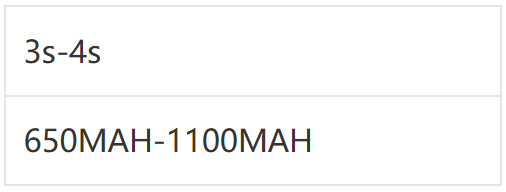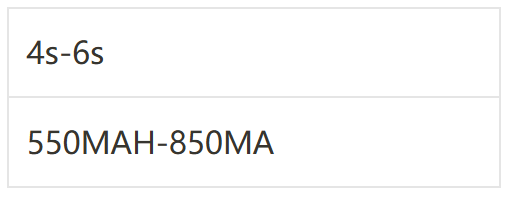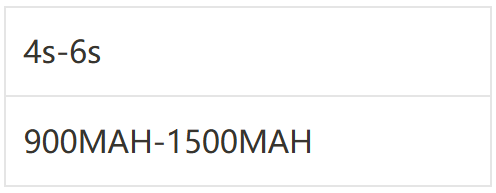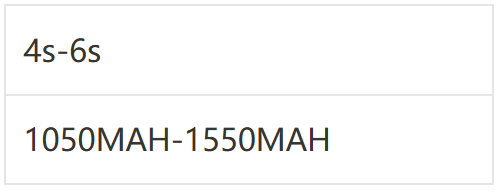Motor Selection
1. Understand Motor Parameters
• Stator Size: Motor models are usually indicated by four digits — the first two represent the stator width, and the last two the stator height. A wider stator provides more torque; a taller stator yields higher RPM.
• KV Rating: KV represents how many RPM the motor increases per added volt. Higher KV means higher speed but less torque; lower KV means lower speed but more torque.
• Max Current and Voltage: These are the motor's limit parameters — ensure your ESC and battery specifications match them.
2. Choose Motors Based on Frame Size (with Battery Reference Capacity)
Note: Battery types and capacities are for reference only. Please follow manufacturer specifications.
• 2-inch frame: Suitable for motors like 1003, 1103, with higher KV ratings (e.g., 4600KV).

• 2.5-inch frame: Suitable for motors like 1404, 1507, with KV between 3000–5000.

• 3-inch frame: Suitable for motors like 1806, 1804, with KV between 2500–3500.

• 3.5-inch frame: Suitable for motors like 2004, 2006, with KV between 2000–3000.

• 4-inch frame: Suitable for motors like 2004, 2006, with KV between 2000–3000.

• 5-inch frame: Suitable for motors like 2205, 2207, 2306, with KV between 1700–2600.

3. Choose the Right KV Rating
• High KV: Best for small propellers, high-speed flight, and racing, but with shorter flight time.
• Low KV: Best for larger propellers, slower flight, and freestyle, offering longer flight time.
4. Notes
• Compatibility: Ensure the motor is compatible with your ESC, battery, propellers, and other components.
• Budget: Beginners can choose cost-effective motors like 2205 or 2206.
• Mounting Pattern: Make sure the motor mounting holes match your frame.